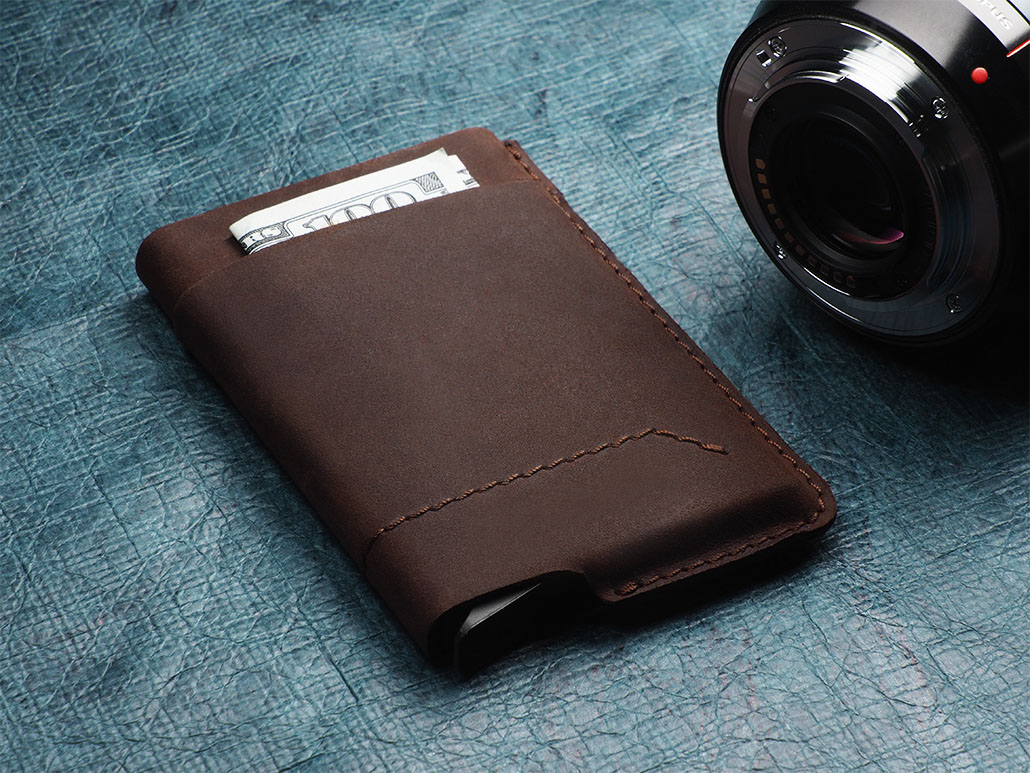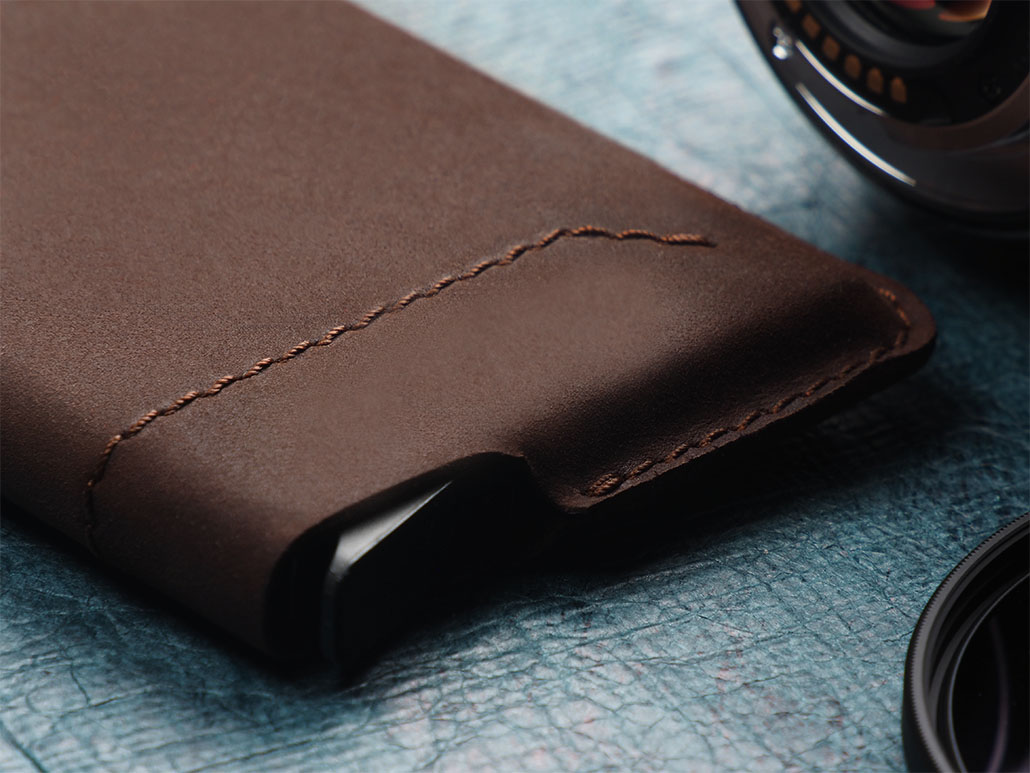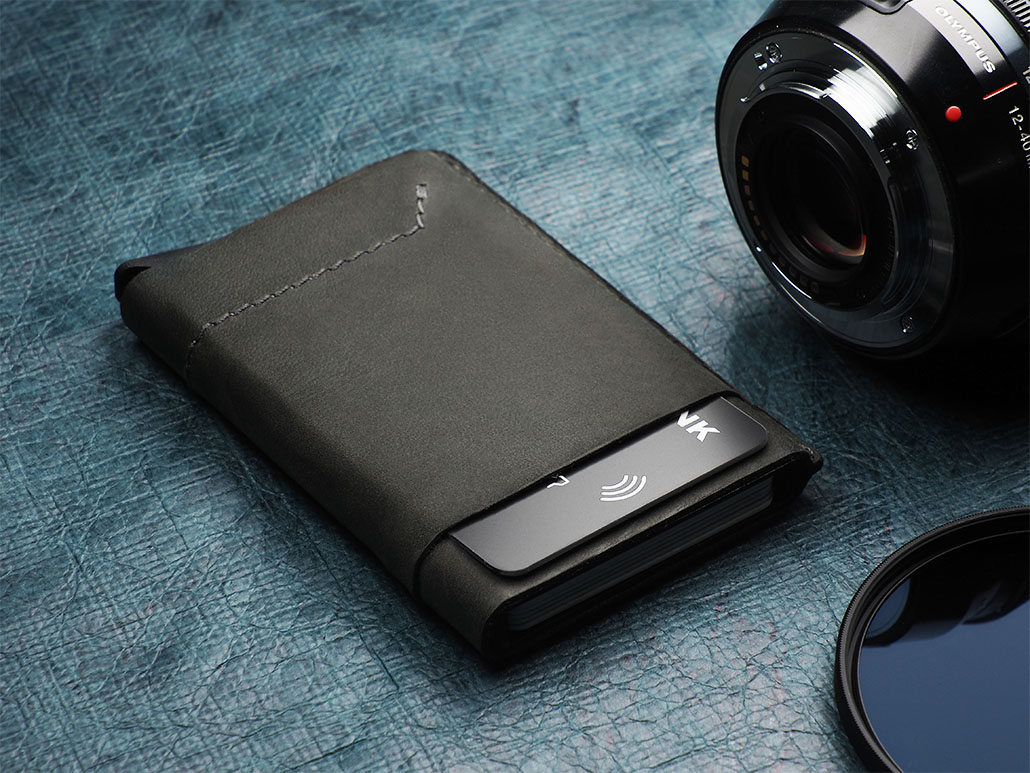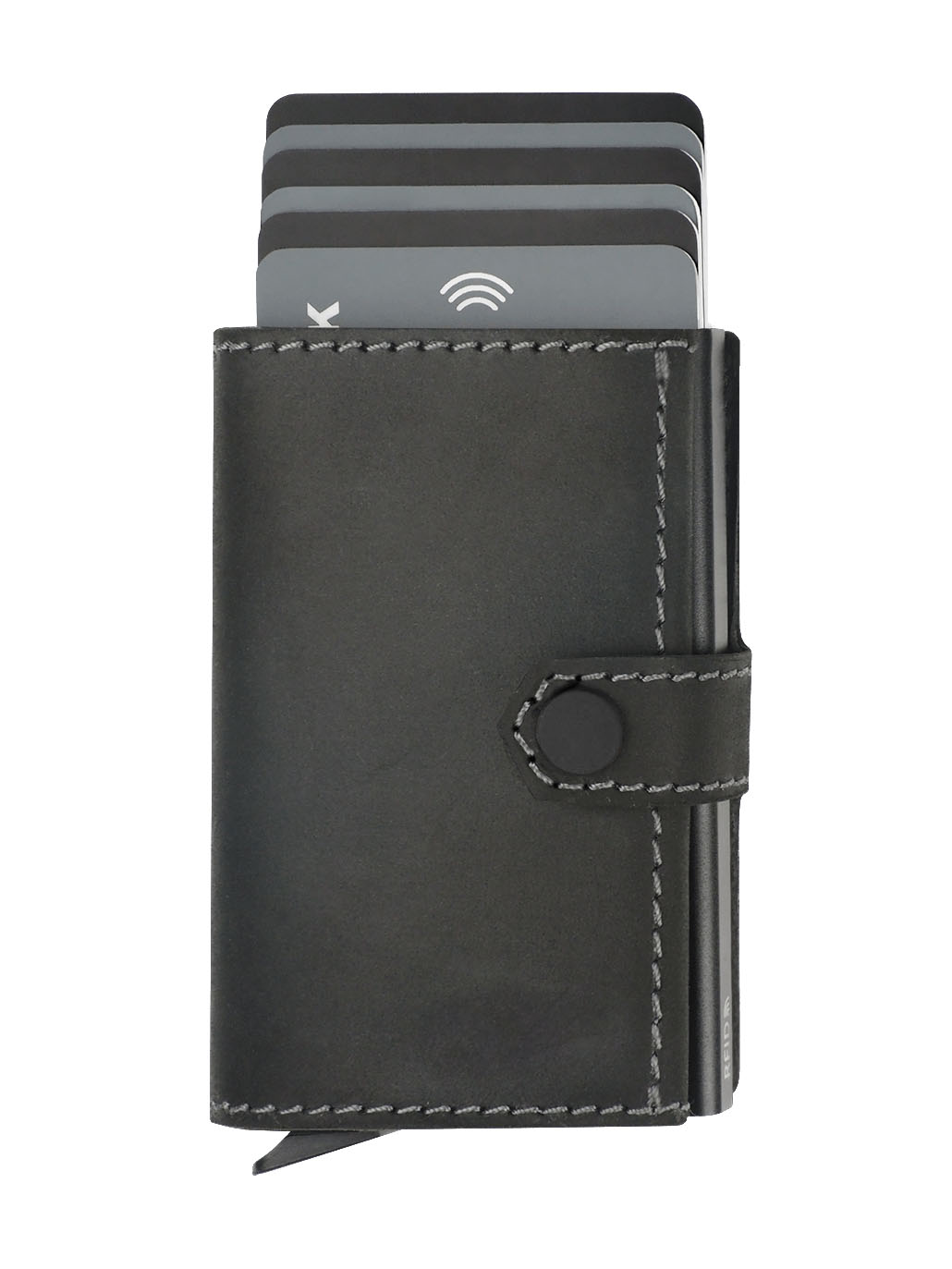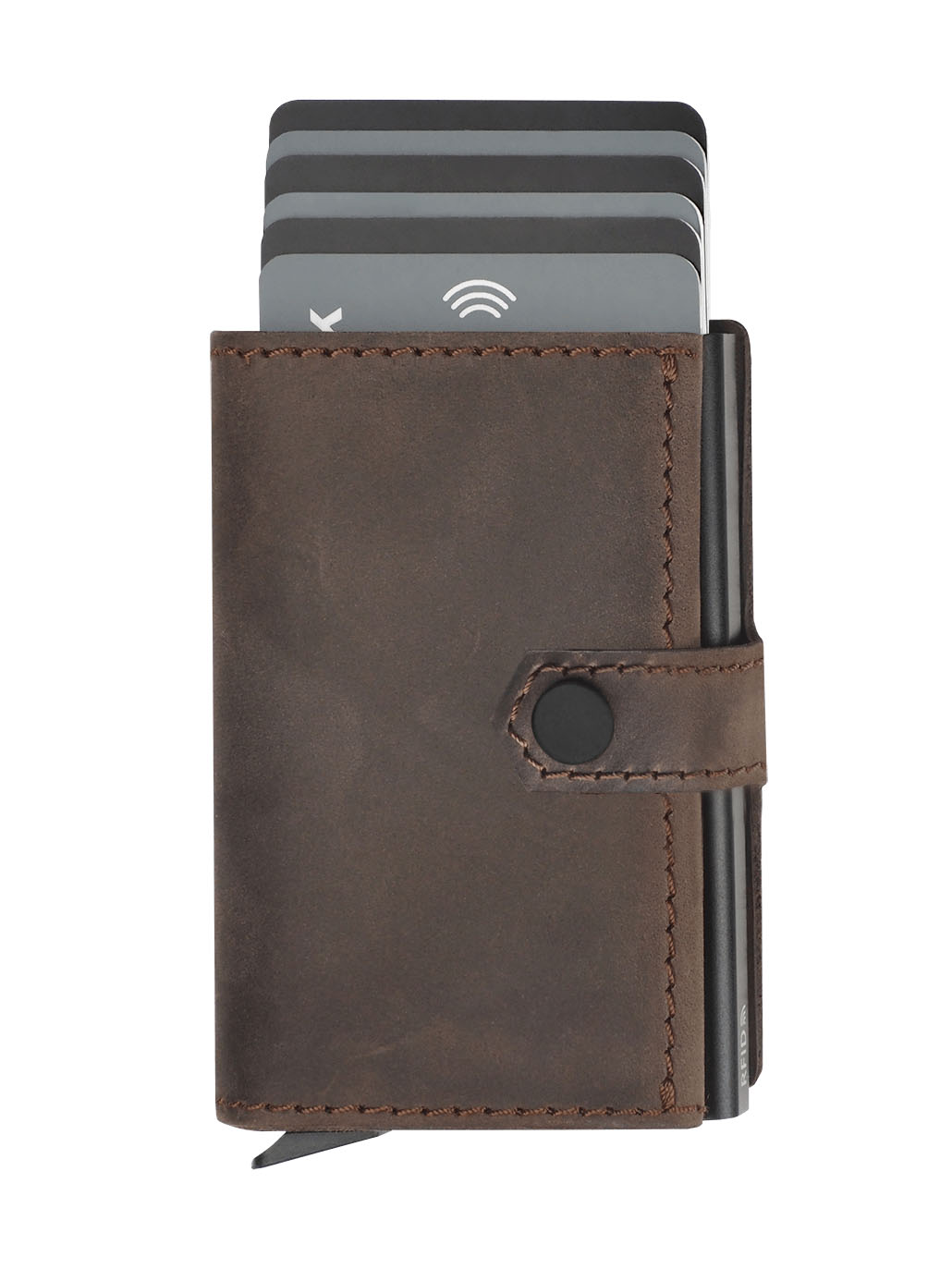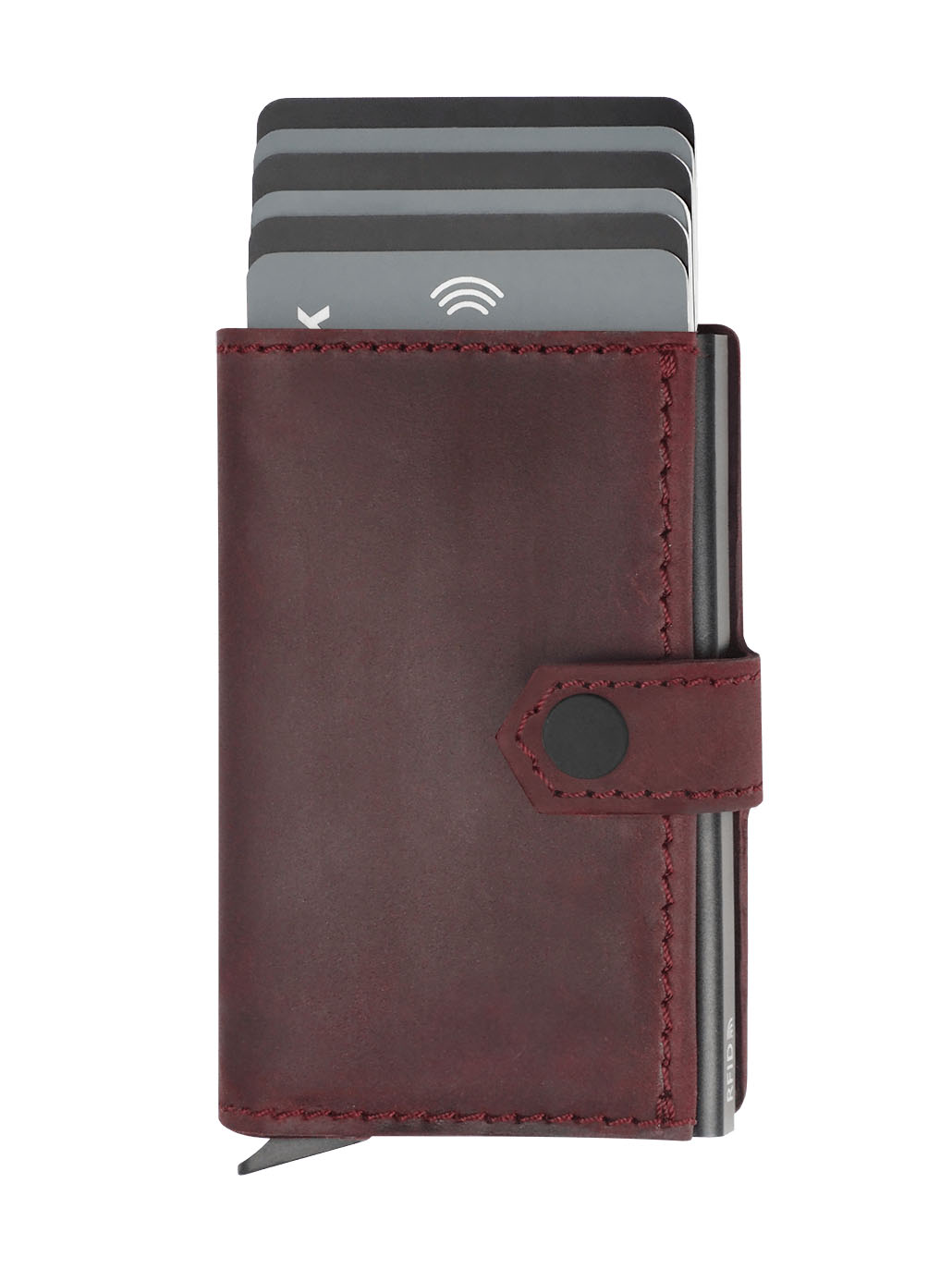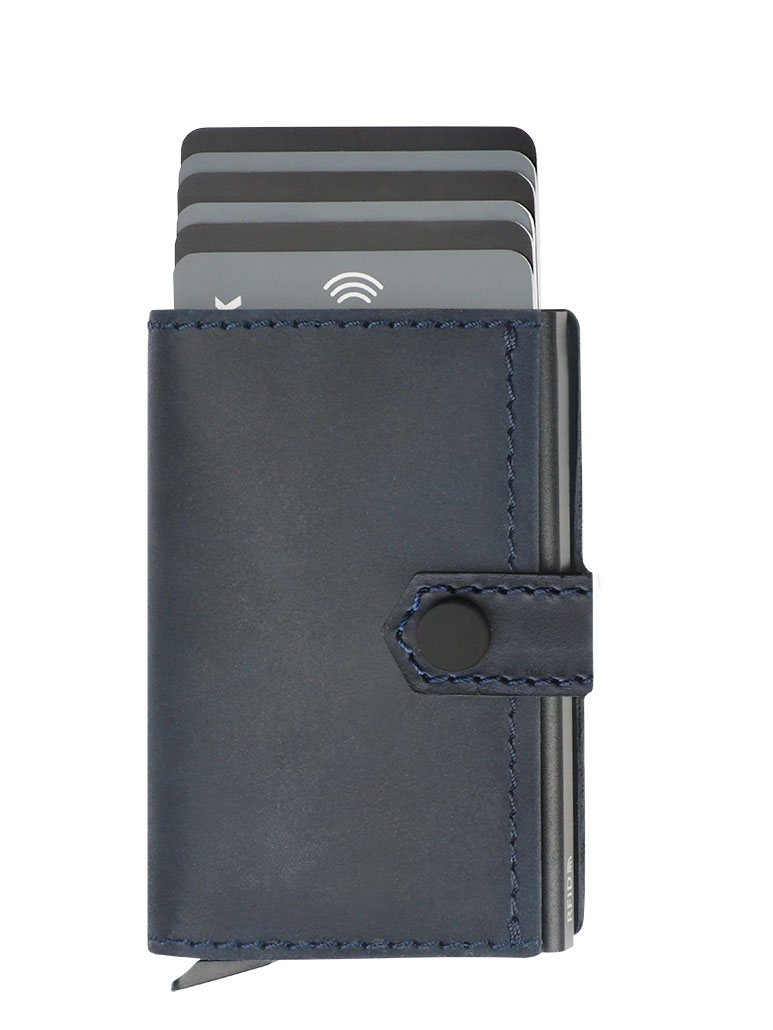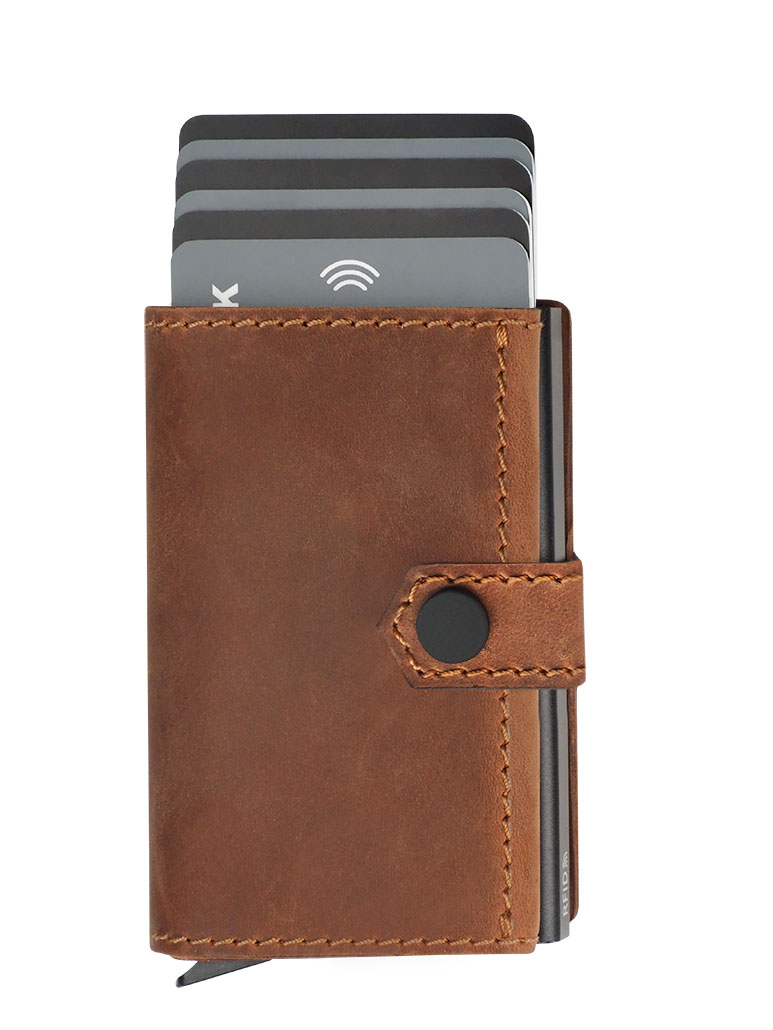Products: Found {{ searchResultsCount }} - Show all
Check if you entered what you are looking for correctly.
Categories: Found {{ categorySearchResults.length }}
LITTLE SIMPLICITY
Minimalism is a design style or technique that is characterised by extreme economy of means and simplicity. Often referred to as the most enduring design trend, minimalism not only influences personal style but also quality of life.
When faced with complexity and excess, our brains find the situation overwhelming (who hasn't sighed over an overly long menu in a restaurant?). Simplification eliminates distractions, allowing the user to focus on what they see and on what is most important.
A number of studies have shown a link between voluntarily choosing simplicity and minimalism and better wellbeing.

RAMSA RULES
Born in 1932 in Wiesbaden, German industrial designer Dieter Rams is one of the most important designers of the 20th century. Award-winning and admired around the world, he is the author of numerous product designs for brands such as Braun and the iconic furniture manufacturer Vitsœ. As early as the 1970s, Rams was a proponent of the idea of sustainability by designing minimalist objects whose manufacture does not require the overexploitation of natural resources.

His influence on the design world is still very evident today. You can see echoes of the famous Rams universal shelf system in IKEA's customisable furniture systems.
Apple founder Steve Jobs spoke openly about his fascination with Rams' designs for Braun (such as speakers, radios and calculators).
These designs were and are the roadmap for designers when working on Apple devices.
Dieter Rams wrote a book in the 1970s that has become one of the bibles of design. "The Ten Principles of Design" extremely aptly defines the task of projects and the designer in the modern world. We refer you to read a summary of these principles, proud to say that we adhere to each of them when designing our wallets.
TEN DESIGN PRINCIPLES
1. good design is innovative. Familiar solutions can often be improved.
2. good design is useful. It fulfils exactly the functions expected of it.
3. good design is aesthetically pleasing. It provides pleasure to the user through its appearance.
4. good design is unobtrusive. An industrial product should not be a work of art, but a tool in the hands of the user that gives them space to express themselves.
5. good design is understandable. The user intuitively knows how to use it.
6) Good design is honest. It does not pretend to be something it is not. It does not deceive.
7. good design is durable and timeless. It does not succumb to trends and fashions, so it can stay relevant for longer. It is rather impossible to create a completely timeless design - we have to assume it will be repaired and improved.
8 Good design is polished. Planned and produced with attention to the smallest details. Every element should be thought through and purposeful.
9. good design is environmentally friendly/neutral through the use of appropriate, sustainable, non-harmful materials.
10. Good design requires as little design as possible. Less, but better.
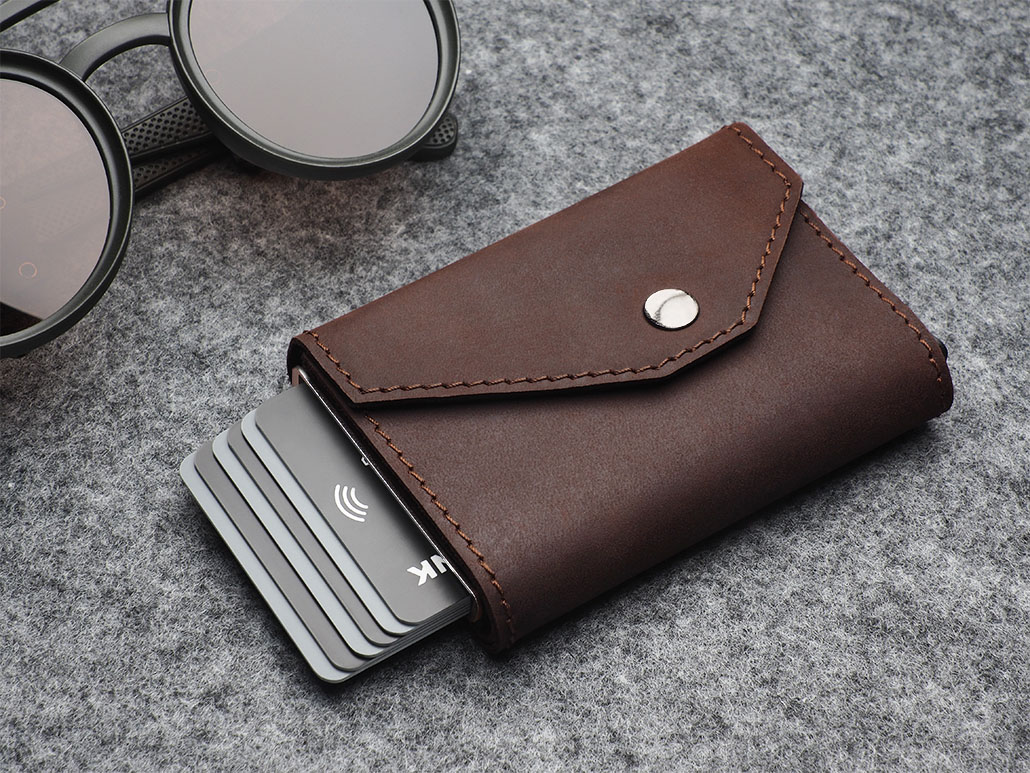
RFID wallet 1931284
Size: 6,5 x 10 x 2,5 cm
Materials: Aluminum, Hunter Leather
• Holds 7 cards
• Banknote pocket
• Coin pocket
• Registered design ®
• RFID protection
• Paper box included
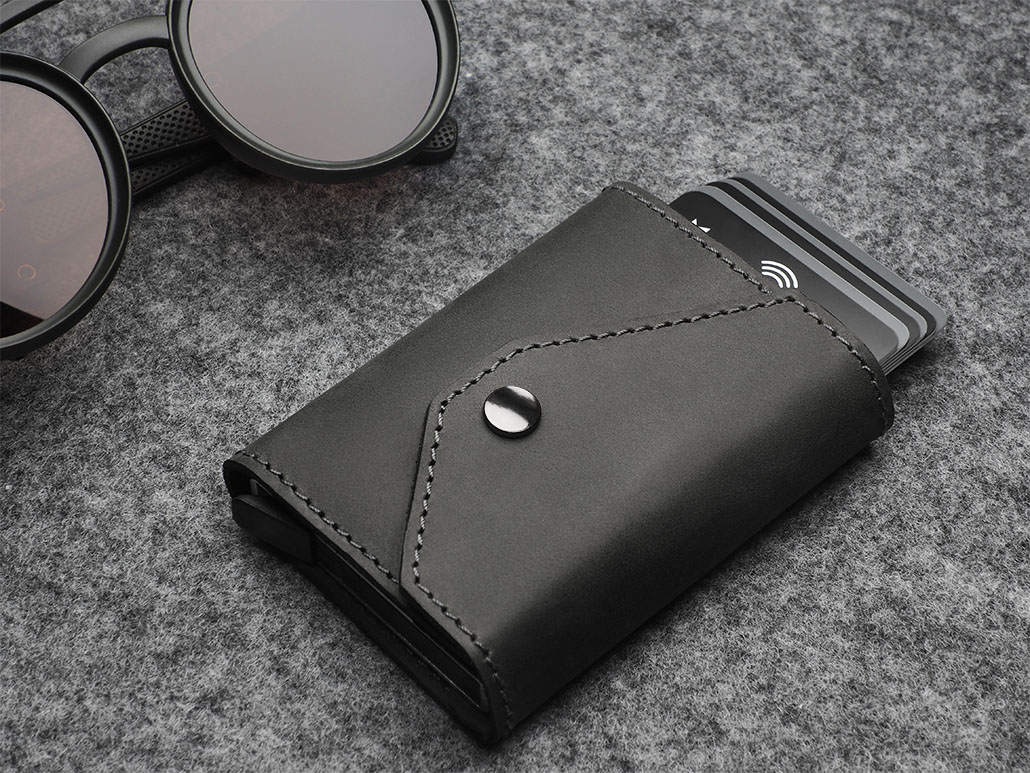
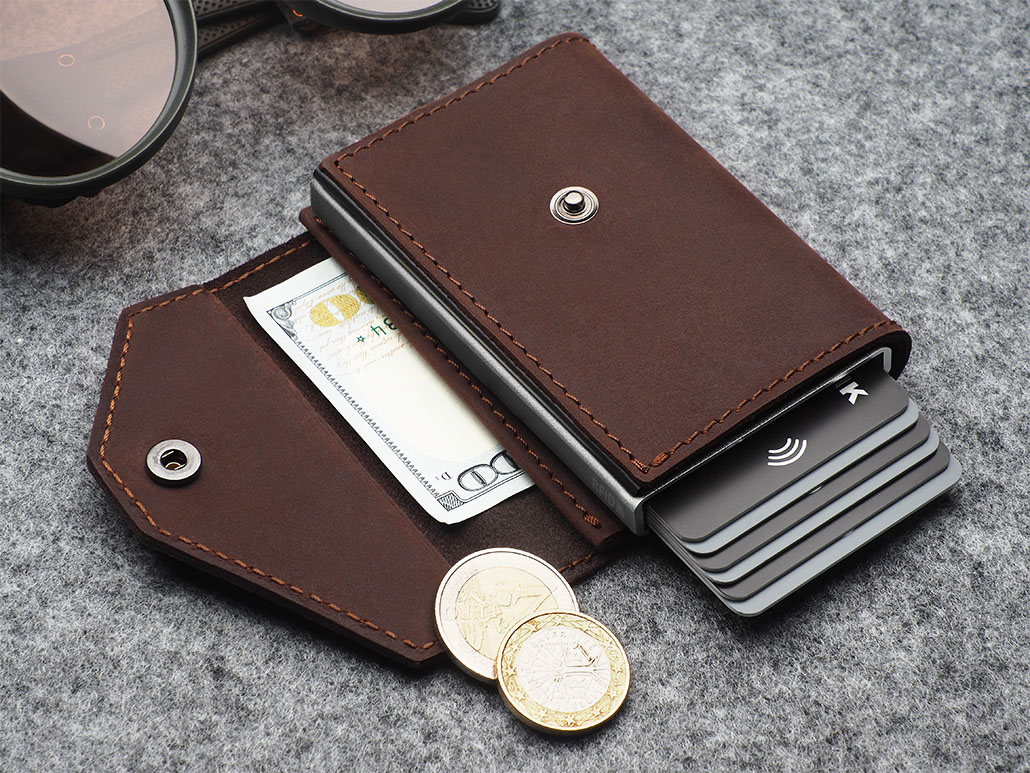
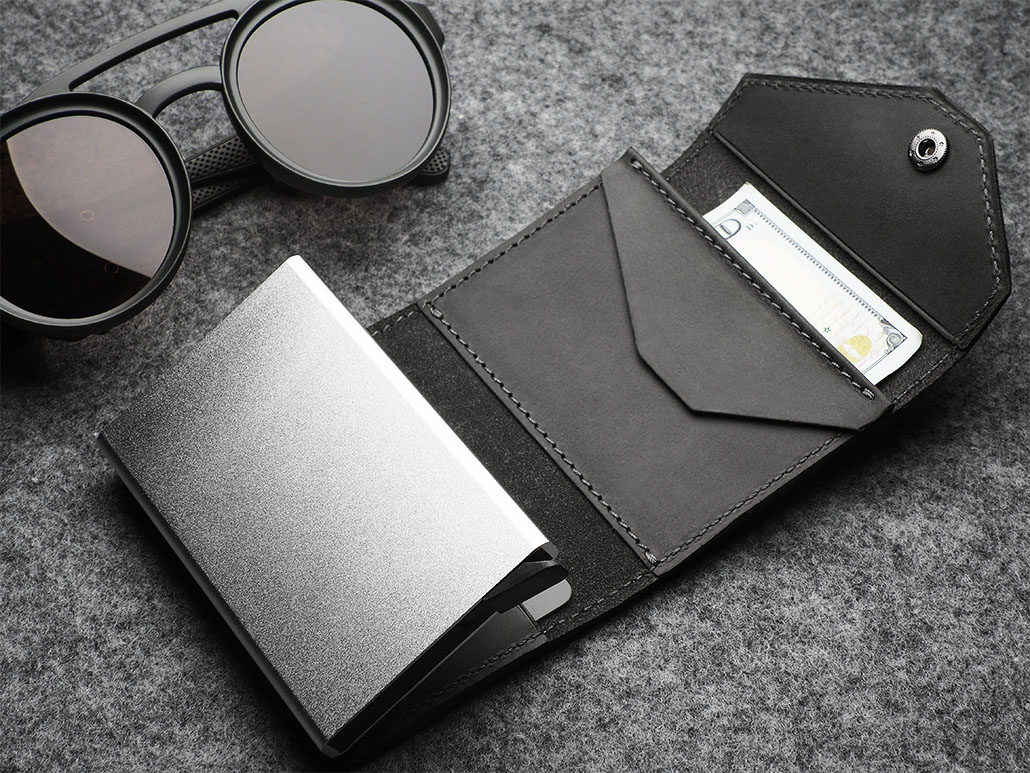
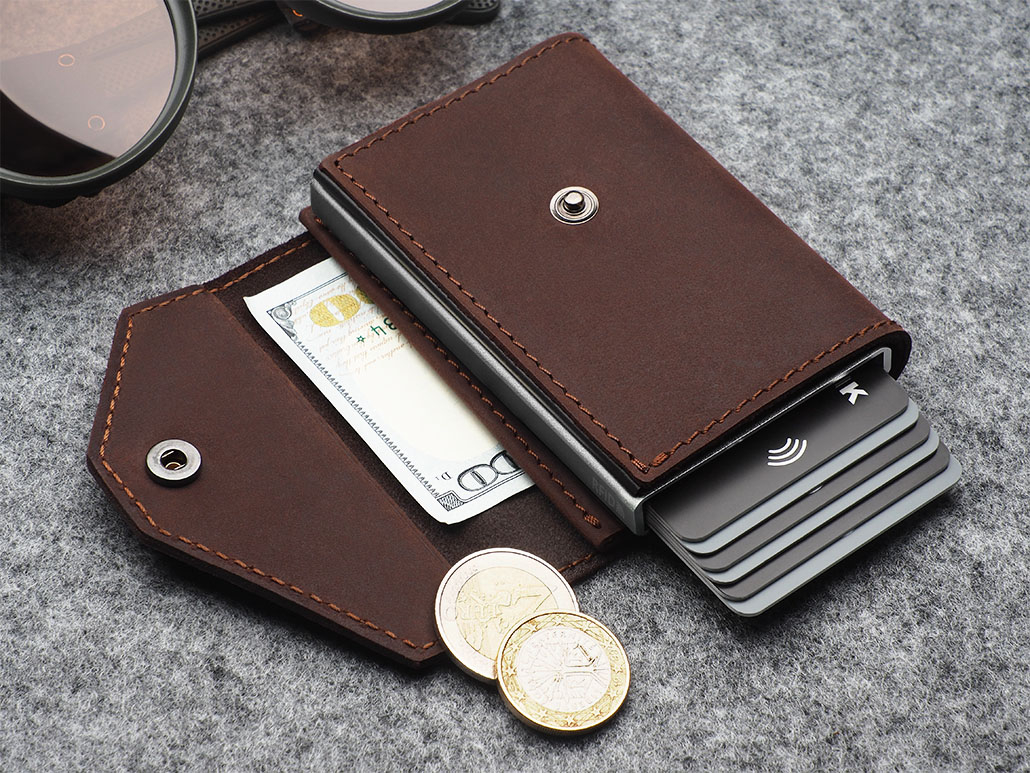
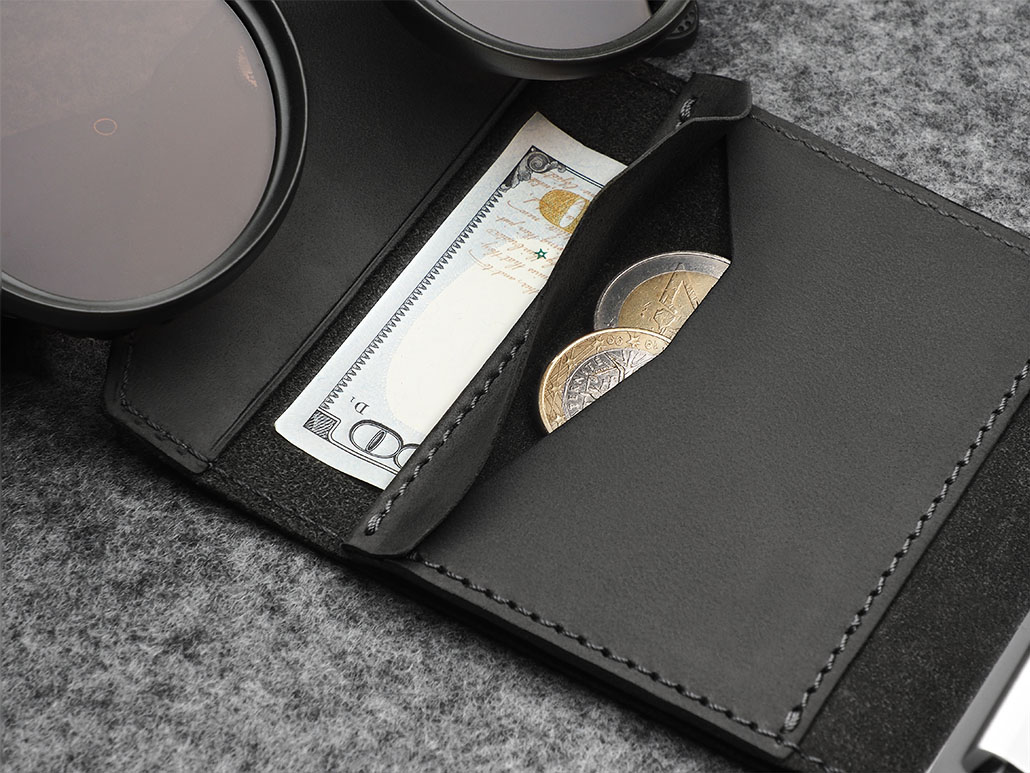
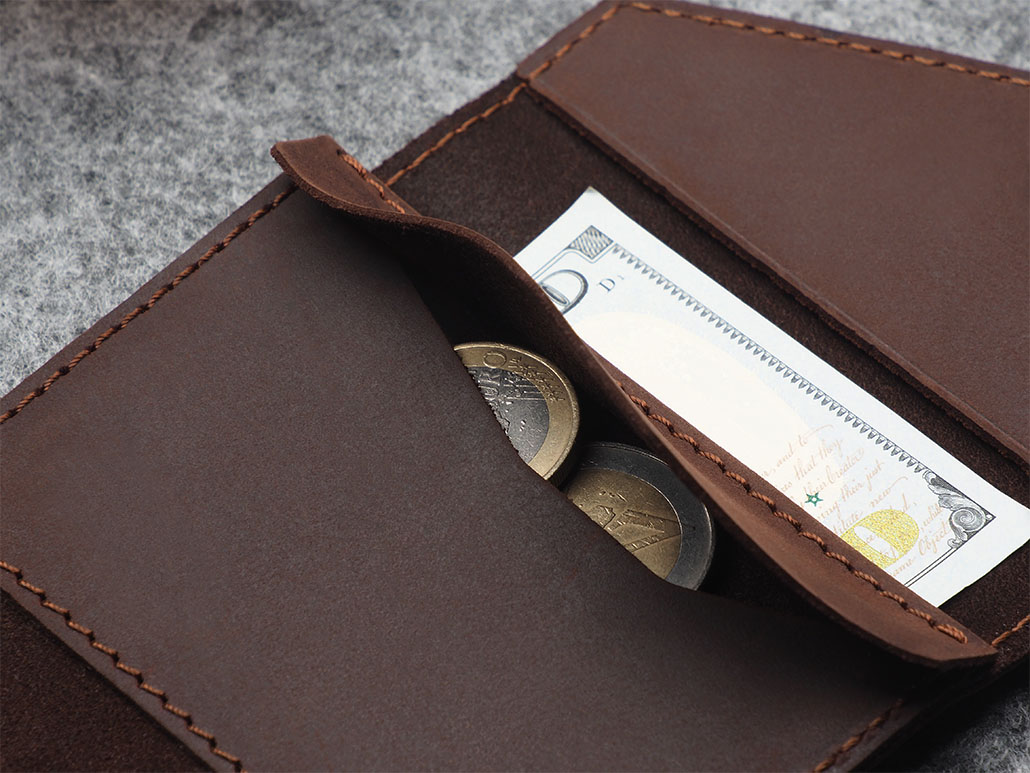

RFID wallet 593284
Size: 7 x 10 x 1 cm
Materials: Aluminum, Hunter Leather
• 2 banknote pockets
• Holds 6 cards
• RFID protection
• Paper box included
